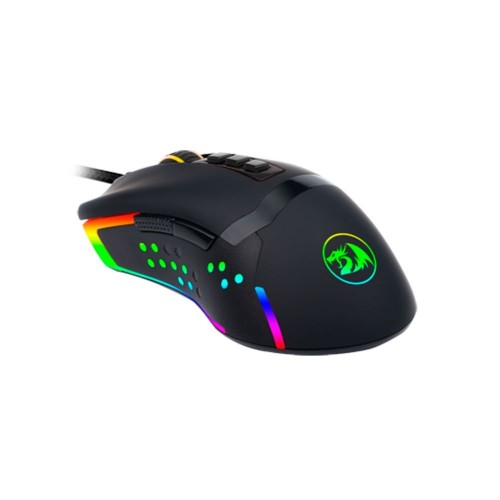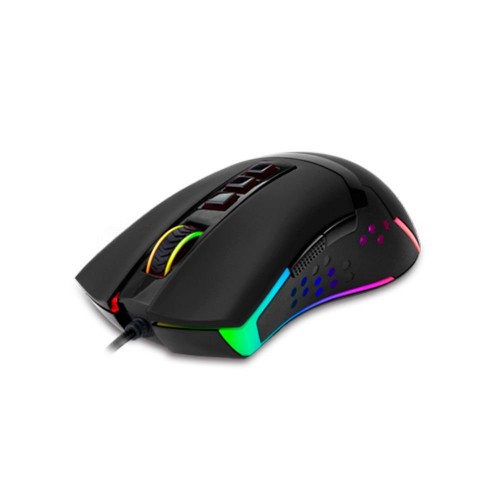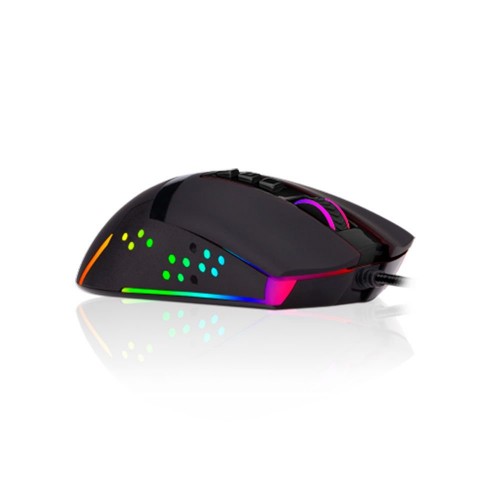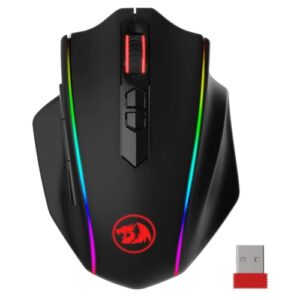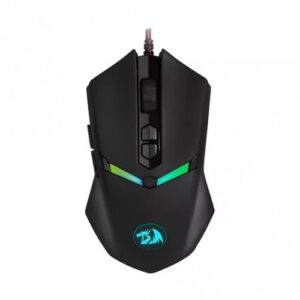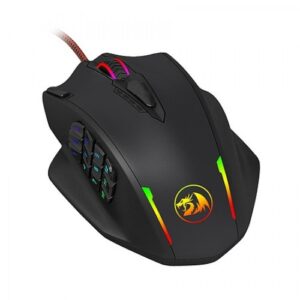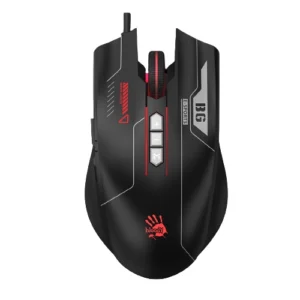Key Specifications and Features
The performance of a gaming mouse is largely defined by its specifications, which cater to the unique needs of gamers. One crucial element is the connection type; the gaming mouse typically employs a USB 2.0 Full Speed connection. This choice ensures a reliable and fast data transfer rate, enhancing response times during critical gaming sessions.
At the heart of a gaming mouse is its sensor capability. A 3.0 optical sensor, prevalent in high-performance models, boasts a maximum DPI (Dots Per Inch) setting of up to 10,000. DPI is a significant factor as it determines the mouse’s sensitivity and precision. Gamers can adjust these settings to fit their gameplay style, whether they require pixel-perfect precision in first-person shooters or rapid movements in multiplayer scenarios. Furthermore, the ability to modify sensitivity ensures adaptability across various game genres.
Polling rate is another key specification that can greatly affect performance. A high polling rate, commonly adjustable up to 1000 Hz, allows the mouse to communicate with the computer more frequently, resulting in smoother and more accurate tracking. This feature is crucial for competitive gaming where every millisecond can influence outcomes. Additionally, the gaming mouse may be equipped with eight optimized programmable buttons, offering users the ability to assign macros and commands, further enhancing gameplay efficiency.
The physical dimensions and weight of the gaming mouse are equally important. A well-designed mouse fits comfortably in hand, reducing fatigue during extended gameplay. Weight customization options can also aid in personalizing the feel, allowing users to strike a balance between speed and control. Overall, the combination of these specifications and features contributes to a gaming mouse that not only meets but exceeds the demands of gamers, providing a competitive edge in immersive gaming environments.
Warranty and Durability Considerations
When selecting a high-performance gaming mouse, evaluating warranty and durability features is paramount for making an informed decision. Typically, reputable gaming mouse manufacturers offer a warranty period of one year for their devices. This warranty generally covers defects in materials and workmanship, assuring users that the product undergoes rigourous quality control processes. In the event of a malfunction, customers can obtain repairs or replacements, thus enhancing their overall experience and confidence in the product.
Another significant aspect to consider is the durability of the mouse switches, which are rated for an impressive lifecycle of up to 10 million clicks. This figure indicates that the gaming mouse is designed to withstand extensive use, an important factor for avid gamers, who may engage in prolonged gaming sessions. The longevity of switches directly influences performance consistency; therefore, a mouse engineered for such a robust lifespan stands out in a competitive marketplace.
Furthermore, the mouse’s capability to tolerate up to 20g of acceleration demonstrates its resilience during intense gaming situations. Such durability allows for quick, responsive movements without compromising functionality. As competitive gaming increases in popularity, gamers require peripherals that can endure dynamic usage while maintaining peak performance levels. Therefore, the combination of a solid warranty period and exceptional durability metrics not only enhances user satisfaction but also fosters credibility for the brand.
Overall, considering the warranty and durability features of a gaming mouse affects user experience and engagement. Gamers can focus on their gameplay knowing their equipment is built to last, ensuring they maximize their investments. The correlation between reliability and performance is evident in the design and engineering of high-performance gaming tools.

